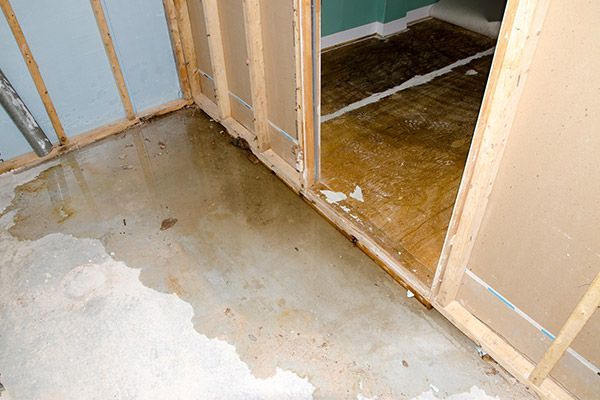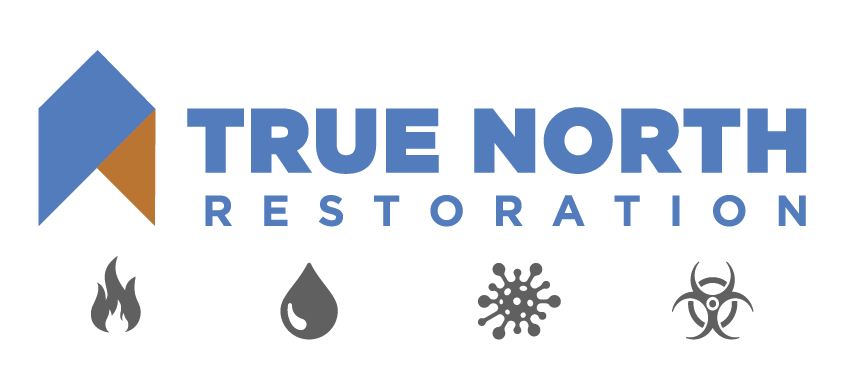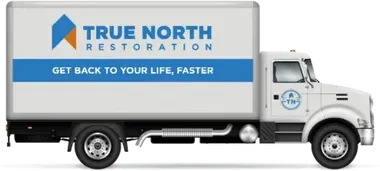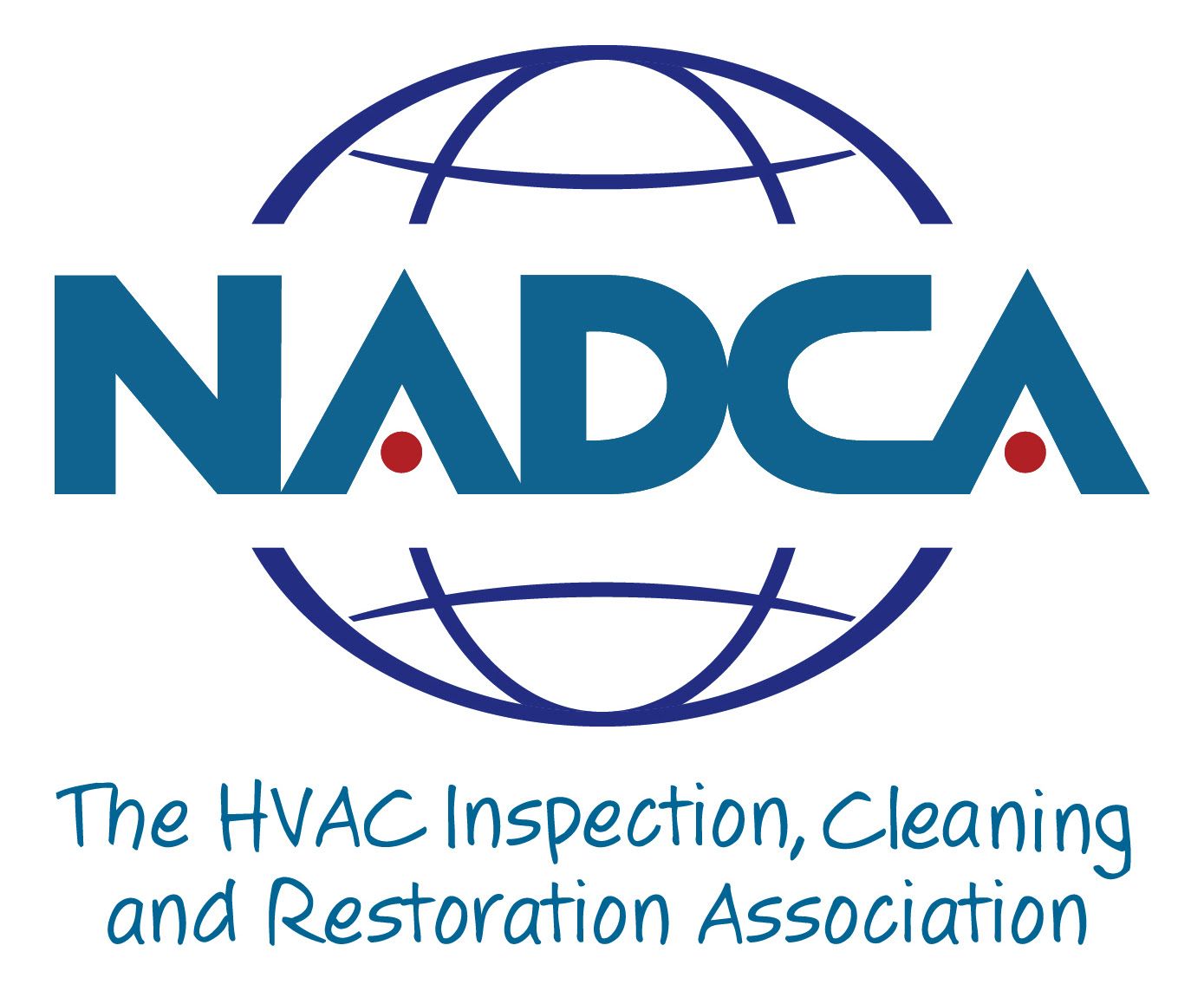#1
Storm Damage Restoration Services

Storms can inflict significant damage to your property, resulting in both apparent destruction and concealed hazards. Promptly addressing storm damage is essential to prevent further complications, such as structural weaknesses or long-term issues like mold growth. At True North Restoration of Iowa, we specialize in assessing damage, restoring properties, and navigating the insurance process to ensure a seamless and stress-free recovery.
If you need immediate help, call us at 319-220-3228. You can also request a callback by clicking here.
Recognizing the Effects of Storm Damage
Storm damage manifests in various forms, each presenting unique challenges that require immediate and effective action.
Various Forms of Storm Damage
Storms can lead to extensive destruction across your property, including:
- Wind Damage: Strong winds can strip shingles from roofs, break windows, and dislodge siding, leaving structures exposed to further harm.
- Hail Damage: Hailstorms can cause dents in metal surfaces, crack windows, and puncture roofs, undermining structural integrity.
- Flooding: Excessive rainfall often results in water infiltration in basements or other low-lying areas, causing mold growth and structural decay.
- Fallen Trees or Debris: Storms often bring down trees or scatter debris, damaging roofs, walls, and vehicles. For example, a fallen tree can puncture a roof, creating vulnerabilities to further water intrusion if unaddressed promptly.
Immediate Dangers and Lasting Impacts
Storm damage poses immediate threats, like electrical hazards due to downed power lines or potential structural collapses. Delaying repairs can exacerbate these issues, leading to long-term problems such as mold growth in damp areas or foundation weakening caused by flooding. Acting swiftly is crucial to preserving the safety and stability of your property.
Typical Areas Vulnerable to Storms
Recognizing the areas most susceptible to storm damage can help focus recovery efforts:
- Roofs: Often the first to be affected by wind, hail, and falling debris.
- Windows and Doors: Prone to breaking or leaking during severe weather.
- Siding: Frequently torn, dented, or punctured by flying debris.
- Basements: Susceptible to flooding due to inadequate drainage systems.
Understanding these vulnerabilities aids in assessing and responding to storm damage more effectively.
First Steps After a Storm
Initiating the right actions immediately following a storm can help minimize further damage and create a pathway for safe and efficient recovery.
Performing an Initial Damage Survey
Begin with a visual inspection of your property’s exterior. Look for missing roof shingles, shattered windows, or other visible damage. Avoid entering hazardous areas and seek professional assistance if conditions are uncertain.
Prioritizing Safety for Everyone Involved
Safety is paramount in the aftermath of a storm. Stay clear of downed power lines, unstable structures, and other risks, such as standing water or suspected gas leaks. Wait for trained professionals to handle dangerous situations before attempting repairs.
Recording Damages for Insurance Claims
Thorough documentation of all damages is crucial for filing an insurance claim. Take clear photographs and make detailed notes of affected areas. Accurate records will simplify the insurance process and expedite claim approvals.
Steps to Restore and Repair Storm Damage
Restoration efforts should focus on addressing immediate risks, implementing temporary fixes, and ensuring complete restoration.
Temporary solutions, like adding tarps to exposed roofs or boarding up broken windows, contain damage while permanent repairs are arranged. Partnering with a professional restoration team, such as True North Restoration, ensures that all repairs comply with local building standards and are performed efficiently. With advanced tools and industry expertise, we restore your home to pre-storm conditions, ensuring both safety and durability.
Collaborating with Your Insurance Provider
Navigating insurance claims after storm damage can be complex, but an organized approach ensures a smoother process.
Submitting an Insurance Claim
Contact your insurance provider as soon as the storm has passed. Furnish them with your collected documentation, complete the necessary forms, and report all damages to start the claims process.
Interpreting Your Coverage Details
Understanding the specifics of your insurance policy is critical. Familiarize yourself with essentials like deductibles, policy limits, and exclusions to determine which costs are covered.
Managing the Claims Process Smoothly
Maintain organized communication with your insurance provider and track the claim's progress. Retain copies of all submitted documents to avoid delays and ensure transparency throughout the process.
Empowering You to Take Control
Storm damage can feel overwhelming, but timely action and expert support make recovery achievable. Collaborating with True North Restoration of Iowa guarantees professional, thorough repairs that restore your property’s safety and comfort. Taking proactive measures now can also better safeguard your property against future storms.
Contact Us Today!
If your property has experienced storm damage, trust the licensed and insured team at True North Restoration of Iowa. With IICRC certifications in WTR, ASD, FRST, and AMRT, along with BBB accreditation, we deliver dependable, comprehensive restoration services. Contact us today to schedule a consultation and discover how we can restore your property to excellence with lasting results.
If you need immediate help, call us at 319-220-3228.
You can also request a callback by clicking here.










